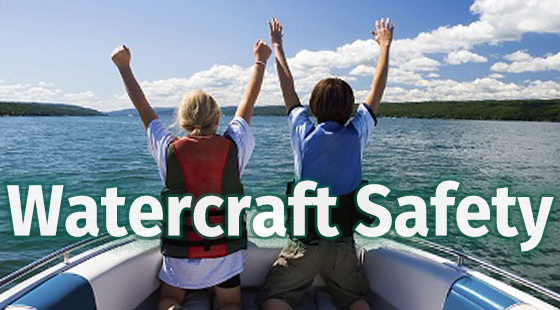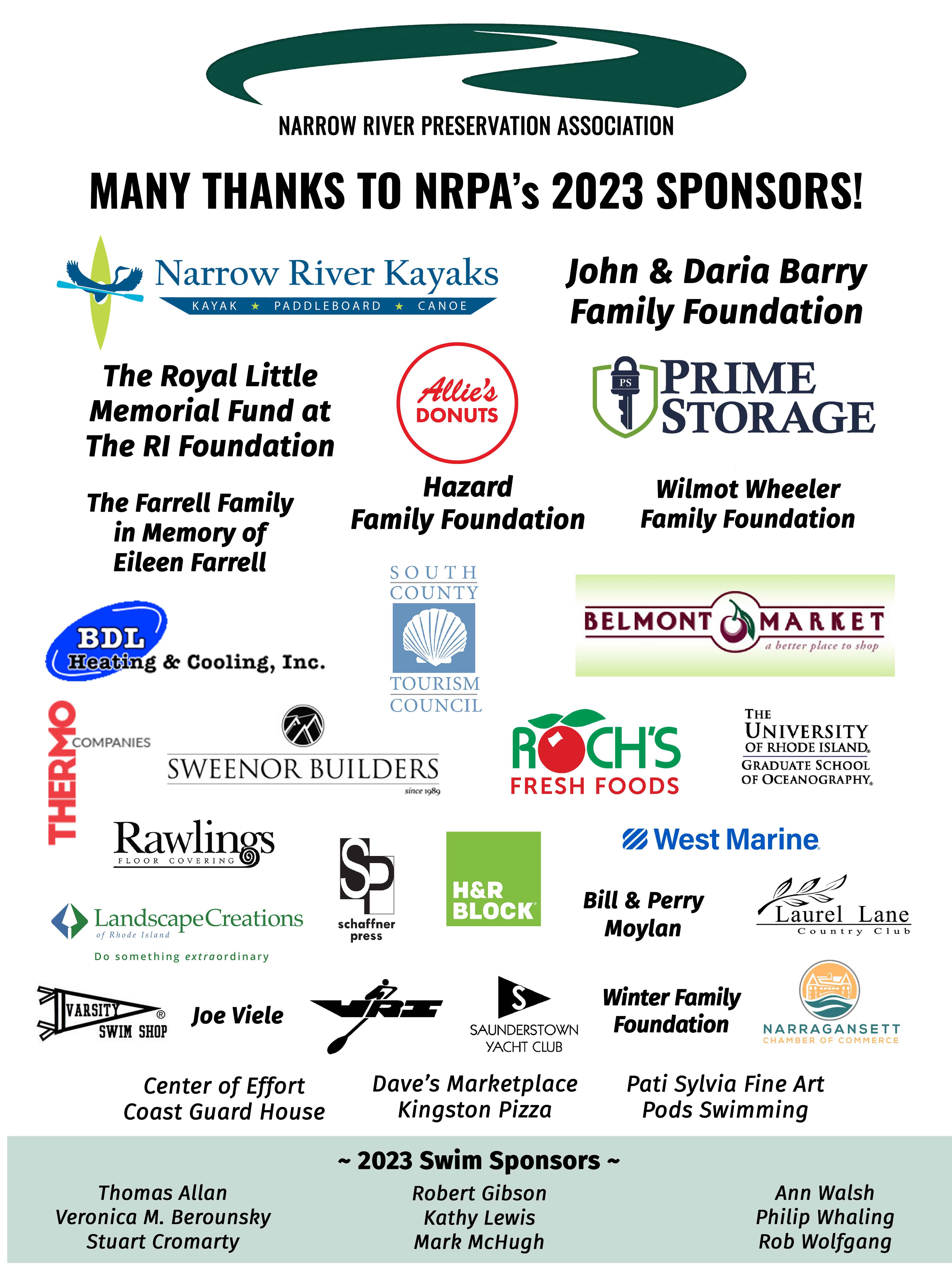Research regarding the Narrow River Watershed includes many scientific, cultural and historical articles dating back at least 50 years.
CLICK HERE to see NRPA’s Narrow River Research Bibliography.
Cultural Resources of the Narrow River
By Veronica Berounsky, Denise Poyer, Robyn Long and Robert Kenney
Updated May 2020 by Veronica Berounsky and Alison Kates
How Long is Our Anthropogenic Legacy? Improving Water Quality in Pettaquamscutt Estuary (RI)
 Part I: Monitoring water quality and managing inputs for a quarter century (1992-2016)
Part I: Monitoring water quality and managing inputs for a quarter century (1992-2016)
Part II: Tracking down human sewage with canine detection
by Veronica Berounsky, Ph. D.
May 8, 2019
Click here for full presentation.
Shipbuilding along the Pettaquamscutt fosters design innovation

A sketch of the Nonsuch with a gaff rig. Nonsuch, John Aldrich Saunders’ 13th vessel, was built in 1824 at the head of the upper pond of the Narrow River, just south of Gilbert Stuart’s birthplace from oak and chestnut timber from the abutting farm. (Saunders family collection)
by Sarah Gaines
March 2018
CLICK HERE to read the article.
Narrow River Water Quality: Trends and Findings Spanning a Quarter Century!
October 2017
CLICK HERE to see the full article about Narrow River Water Quality over 25 years of monitoring.
CLICK HERE to see the full PowerPoint presentation.
Impact of Dredging the Lower Narrow River on Circulation and Flushing in the Narrow River
Final Report prepared for the Rhode Island Coastal Resources Management Council by Authors Craig Swanson, Swanson Environmental Associates, and Malcolm Spaulding and Alex Shaw, Ocean Engineering, University of Rhode Island, 25 August 2016.
Craig Swanson presented the findings of this report at On Pettaquamscutt in January 2017. Click here to see the presentation.
Mapping the Soil and Sediment in Narrow River
 One of the resources available in planning and evaluating marsh restoration projects in Narrow River is a survey of soils and sediment in the river completed in 2011 by the Mapping Partnership for Coastal Soils and Sediment (MapCoast), a collaborative effort headed up by the Rhode Island USDA-Natural Resources Conservation Service. The following are some links provided by Jim Turenne of NRCS that provide background on the project and access to the soil data:
One of the resources available in planning and evaluating marsh restoration projects in Narrow River is a survey of soils and sediment in the river completed in 2011 by the Mapping Partnership for Coastal Soils and Sediment (MapCoast), a collaborative effort headed up by the Rhode Island USDA-Natural Resources Conservation Service. The following are some links provided by Jim Turenne of NRCS that provide background on the project and access to the soil data:
Why is Underwater Mapping Important? (pdf)describes the work of MapCoast.
Watch a YouTube video of the soil and sediment coring in Narrow River.
View a soil map of lower Narrow River.
National Soil Map: The data from the survey have been integrated into the USDA’s Natural Resources Conservation Service a national soil survey. An interactive map allows you to explore USDA-NCSS soil survey data for locations throughout most of the U.S. (This map application was developed by the California Soil Resource Lab at University of California at Davis and University of California Agriculture and Natural Resources in collaboration with the USDA Natural Resources Conservation Service.)
What Will Happen When the Real 100 Year Storm Hits?
 On October 30, 2012, the surge from Superstorm Sandy inundated the salt marshes and other areas along Narrow River, closed Middlebridge, and prompted many to refer to the event as a 100-year storm.
On October 30, 2012, the surge from Superstorm Sandy inundated the salt marshes and other areas along Narrow River, closed Middlebridge, and prompted many to refer to the event as a 100-year storm.
But “Sandy was no 100-year storm. Rhode Island only received a glancing blow.” So said coastal geologist Jon Boothroyd at the 2013 NRPA Annual Meeting on October 3 when he presented The Pettaquamscutt Estuary: Climate Change (click to see presentation). Jon went on to illustrate how a storm of the magnitude of the 1938 Hurricane (which was a 100-year storm) would cause far more significant flooding.
Starting with a primer on the geology of the watershed, Jon used aerial photographs and inundation maps to show the impact of Sandy and earlier storms on the river and the Rhode Island coast. He then discussed how future coastal storms and sea level rise will combine to cause even greater flooding than Sandy.
The map above from Pettaquamscutt Estuary: Climate Change shows predicted inundation at Circuit Drive in Narragansett from a five-foot sea-level rise. View all of the maps and photographs in Jon’s keynote presentation.
Climate Change, Coastal Geologic Hazards and Sea-Level Rise: Some Rhode Island Strategies
On Sunday, January 27, 2013 geologist and NRPA Vice President for Science Jon Boothroyd, Ph.D. presented “Climate Change, Coastal Geologic Hazards and Sea-Level Rise: Some Rhode Island Strategies” as part of the On Pettaquamscutt speaker series sponsored by NRPA, Friends of Canonchet Farm and South County Museum.
Jon, who was a URI Research Professor Emeritus and the R.I. Sate Geologist, discussed what is happening to our coastline and the Narrow River Watershed and what we can do to adjust to the changes. Click the link below to view Jon’s presentation:
What’s that Smell? Narrow River Overturn October 2007
Some unusual things happened on Narrow River in the fall of 2007. It all began on Friday, October 12. The URI Women’s Crew Team noticed a strange milky color and an unpleasant smell in the Narrow River by their dock. The next day Dick Lee noticed big changes in the river while boating in the Upper Pond. What was happening to the usually quiet Narrow River?
Click the link below for an explanation of why the river “overturned,” or ventilated in October 2007, plus updates on the partial overturns since then:
Water Quality, a Twenty Year Record
The featured presentation at the NRPA Annual Meeting on October 4, 2012 was a report on the 20 years of water quality data collected by the Narrow River Watershed Watch program in conjunction with URI Watershed Watch. Using a PowerPoint® slide show, Board members Dr. Veronica Berounsky and Annette DeSilva focused on testing for bacteria, specifically fecal coliforms, and nutrients, using nitrogen measurements as an example, at sites spanning the river to illustrate trends. The high levels of bacteria at Middlebridge generated significant discussion, especially with the purchase of the Eddy property discussed earlier in the evening. Click one of the links below to view and download the full presentation:
- Narrow River – Twenty Years of River Monitoring (slide show with notes)
- Narrow River – Twenty Years of River Monitoring (slides only)
Narrow River Special Area Management Plan
In 1999, the Coastal Resources Management Council (CRMC) developed a Special Area Management Plan for the Narrow River.
Click here to see the full Narrow River Special Area Management Plan.
Biodiversity in the Pettaquamscutt River Estuary
Sunshine Menezes, URI Graduate School of Oceanography, Maritimes, Winter 1999, pages 10-12
May 1991 issue of Maritimes: Focus on Narrow River
This issue of Maritimes, a publication of the URI Graduate School of Oceanography was all about the Narrow River.
Articles include:
- The Narrow River: Laboratory for Science and Management by Arthur G. Gaines, Jr.
- The Geologic History of the Narrow River by Jon C. Boothroyd
- Narrow River Phytoplankton by Paul Hargraves
- The Pettaquamscutt Lakes: A Captive Estuary for Studying Global Warming by John McN. Sieburth
- Metal Pollution Recorded in Pettaquamscutt River Sediments by Ellen L. Mecray, John W. King, and Jeffrey M. Corbin
- Freshwater Inflow to the Narrow River by Daniel W. Urish
- Restoration of the Narrow River by Clarkson Collins
Click here to see the full issue.
Water Quality of the Narrow River 1959-1979
Written in 1979 by John McN. Sieburth, NRPA Vice President for Scientific Affairs







